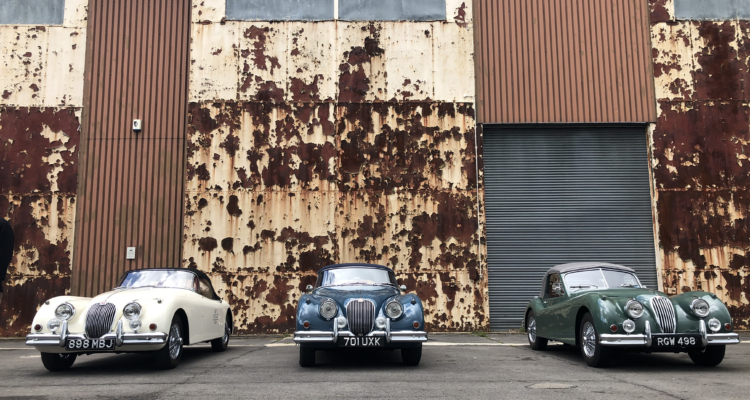The Rover BRM – Cult Classic, Not Best Seller
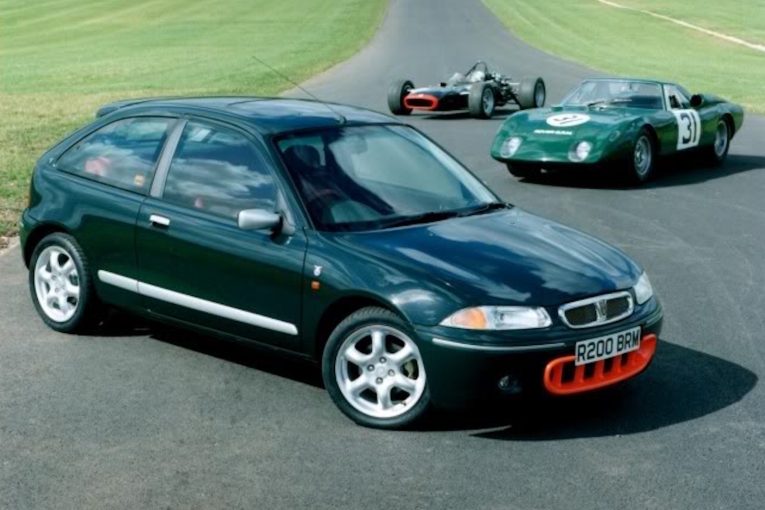
As we’ve lamented in the past, people are keen to mock Rover, but that really shouldn’t be the case. Back in the 1990s, Rover was a powerhouse of production, with cars that were pleasing owners and the motoring press alike. The R8 200 and 400 series was seen as a car to better everything in its class. The 600 was a handsome, comfortable and very genuine rival to the Germans and building on that, the R3 200 of 1995 was a well-engineered, handsome medium-sized family car fit to take over from the damn good work of the R8. Rover was winning. This was a time long before the administrators moved in and locked the doors at Longbridge. This was a time when Rover was doing very well indeed, at least it was in all but one area – performance.
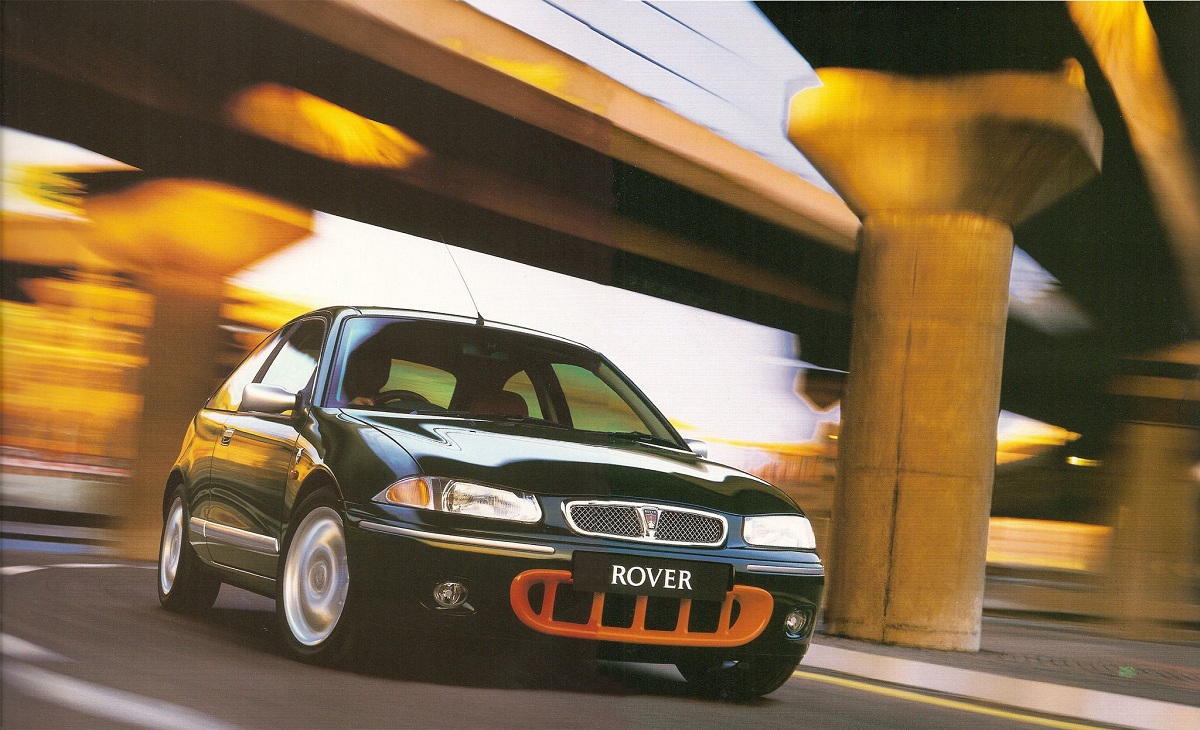
This was a time before the rebirth of the MG arm. As such, Rover had no defined performance brand. That’s not to say it didn’t have performance cars, because it did. There was the 2.0 turbocharged 220 hatch and coupe, the 600ti with the same engine and of course, the mighty 800 Vitesse with the same engine. Rover put that T Series turbo in anything. Then there was the new R3 200, which was available in 200Vi form, featuring a 1.8VVC K Series and 143bhp. These were all good cars, but they were so mixed up in their branding. Think about it, the rivals had defined performance lines. Ford had RS, Volkswagen had GTi, Vauxhall had the GSi models. Rover just had a lot of confusion. To satisfy the performance buyers, Rover needed to unify its performance offerings, and the R3 200 would be the car that would do it.
Any good performance model has a strong heritage link, and the 200 BRM, as it would become known, was no exception. The BRM stood for British Racing Motors, a long since defunct racing team that had worked with Rover back in the ‘60s. The most notable car to come from that ‘60s partnership was the Rover-BRM, a closed wheel, gas turbine powered Le Mans racer. Resplendent in British Racing Green and with bright orange detail, it was a car that stood to clearly demonstrate Rover’s passion for speed.
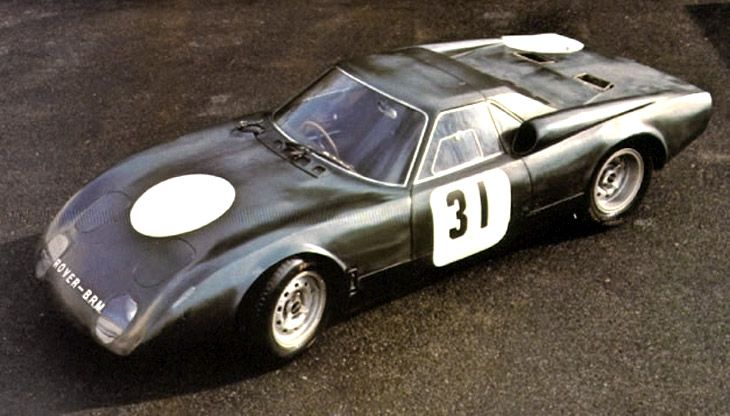
Tom Purves, who has been brought into Rover from BMW as Rover’s new Sales and Marketing Director put the idea of building a 200 to celebrate this historic link to the wider team. He was keen to push the green and orange combination, but expected a bit of pushback. However, the idea went down a storm. The Rover 200 BRM was born.
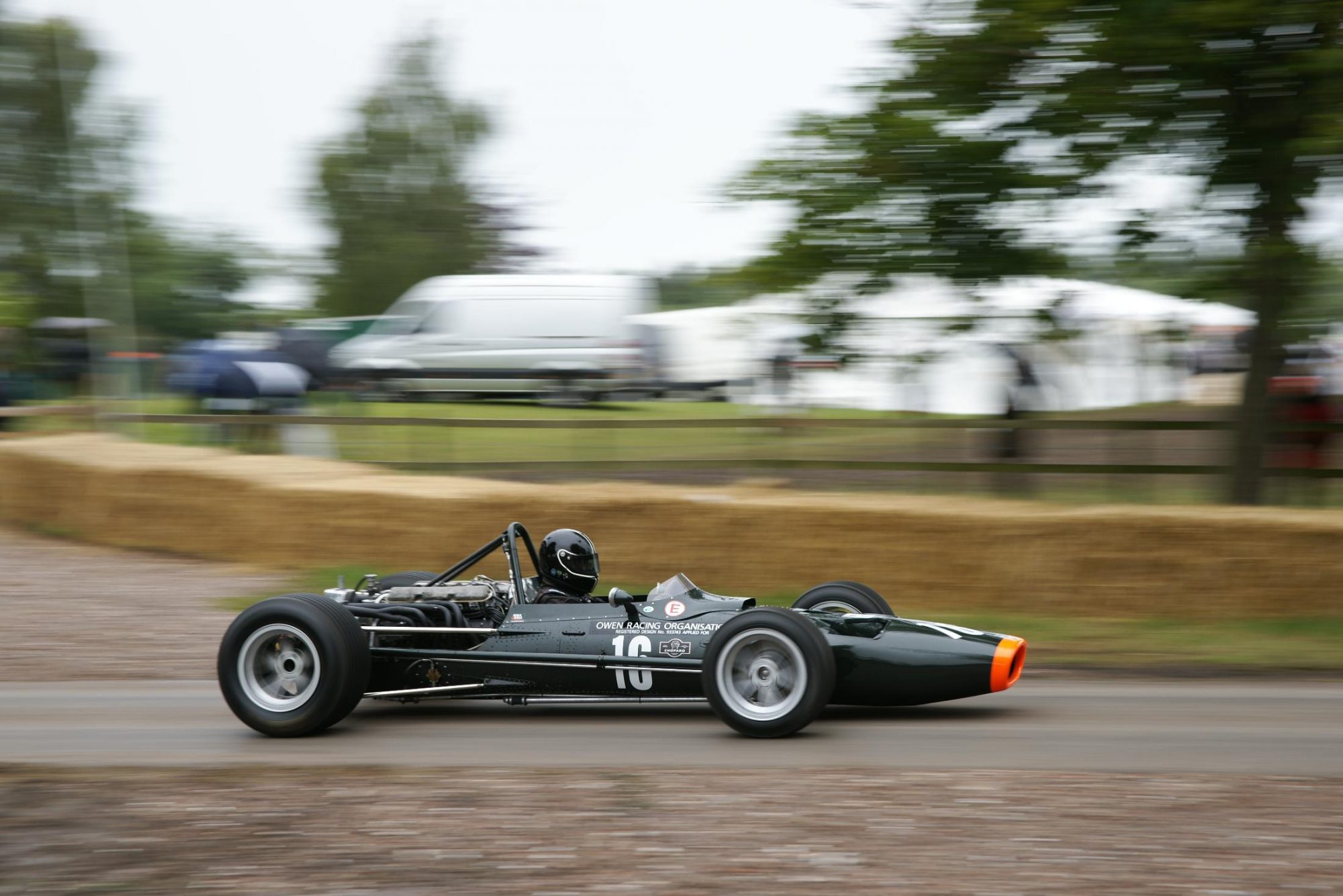
An open-wheel BRM with that bright orange grille
The car started life as 200Vi, powered by the 1.8VVC K Series engine we mentioned earlier. 143bhp was ample for the 200’s chassis. There had been some exploration into the possibility of the 2.0 T Series as a powerplant, which would have brought 180bhp to the party. However, lessons learned from using the T in the R8 told designers it was too much grunt for the little car. The VVC unit paired up to lower, stiffer suspension, revised damper settings and wider 205 rubber on seven-inch wide rims would be more than enough to shunt the BRM along, and in a progressive and enjoyable way. Not in a ‘the turbo has spooled up and now I’m in a ditch’ way.
Of course, it wasn’t just about the power and the handling. The BRM would have to look the part. This of course meant keeping that orange grill, which was a nod to the company colours of the Rubery Owen Corporation – the owners of BRM. The bright orange certainly raised eyebrows, but the team were dead set on it, insisting that it was the standout piece the car needed. A potentially unifying point of design should the BRM idea develop into other models. Plus, when paired with the box-stitched red leather interior, it didn’t stand out nearly as much.
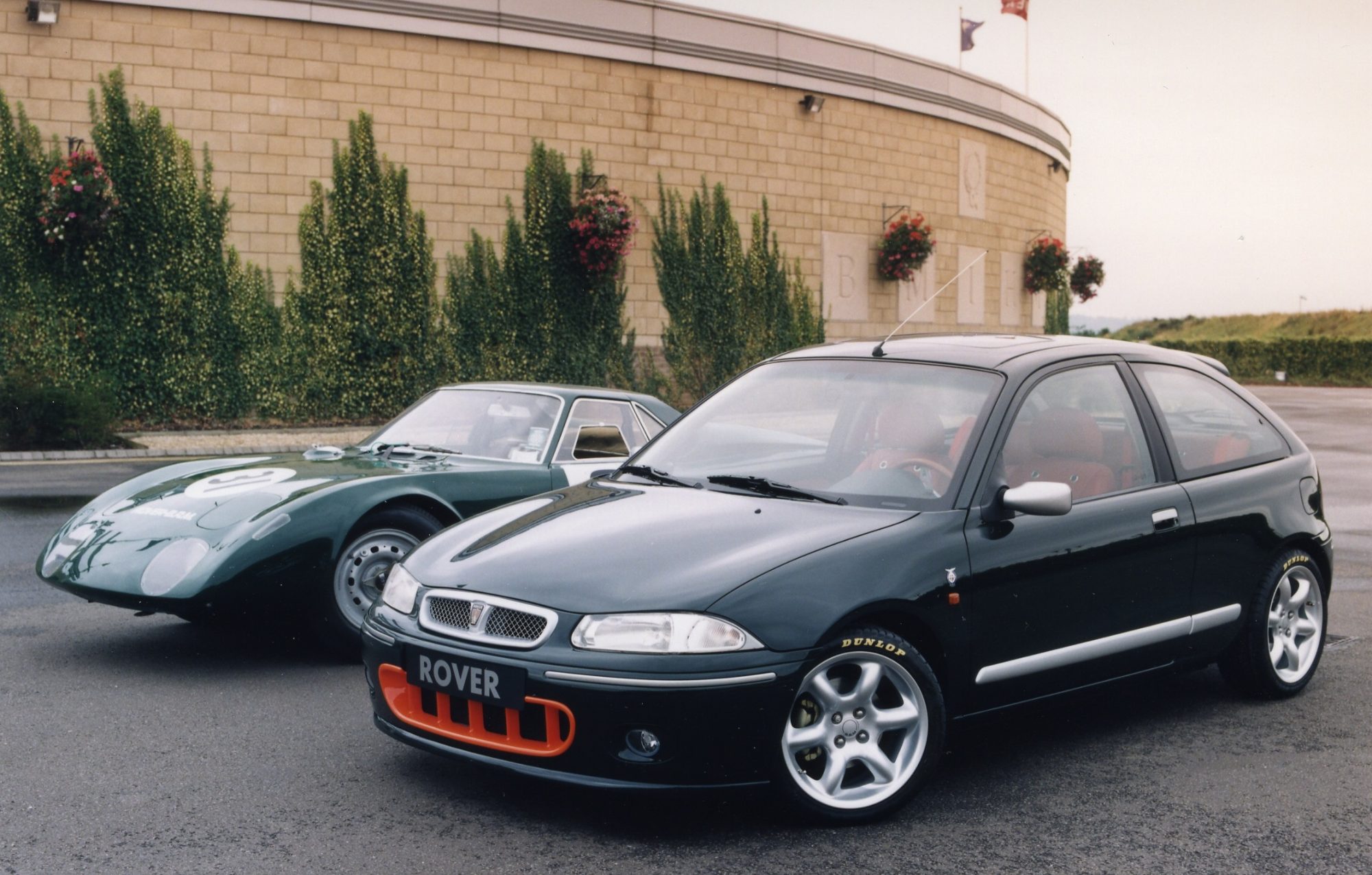
And let’s talk about that interior. The 1997 prototype was slightly different from the production cars, in that the seats were vented with eyelets formed in metal. However, it was decided that they were a bit uncomfortable. The wooden steering was also binned in favour of a leather item, and yes, the leather was of course red. The dash was awash with knobs made from turned aluminium, the gear knob and gaiter surround, too. It was, in this writer’s eyes, a glorious coming together of metal, wood and hide. It was bold, brave and like nothing else, and that’s what Rover needed.
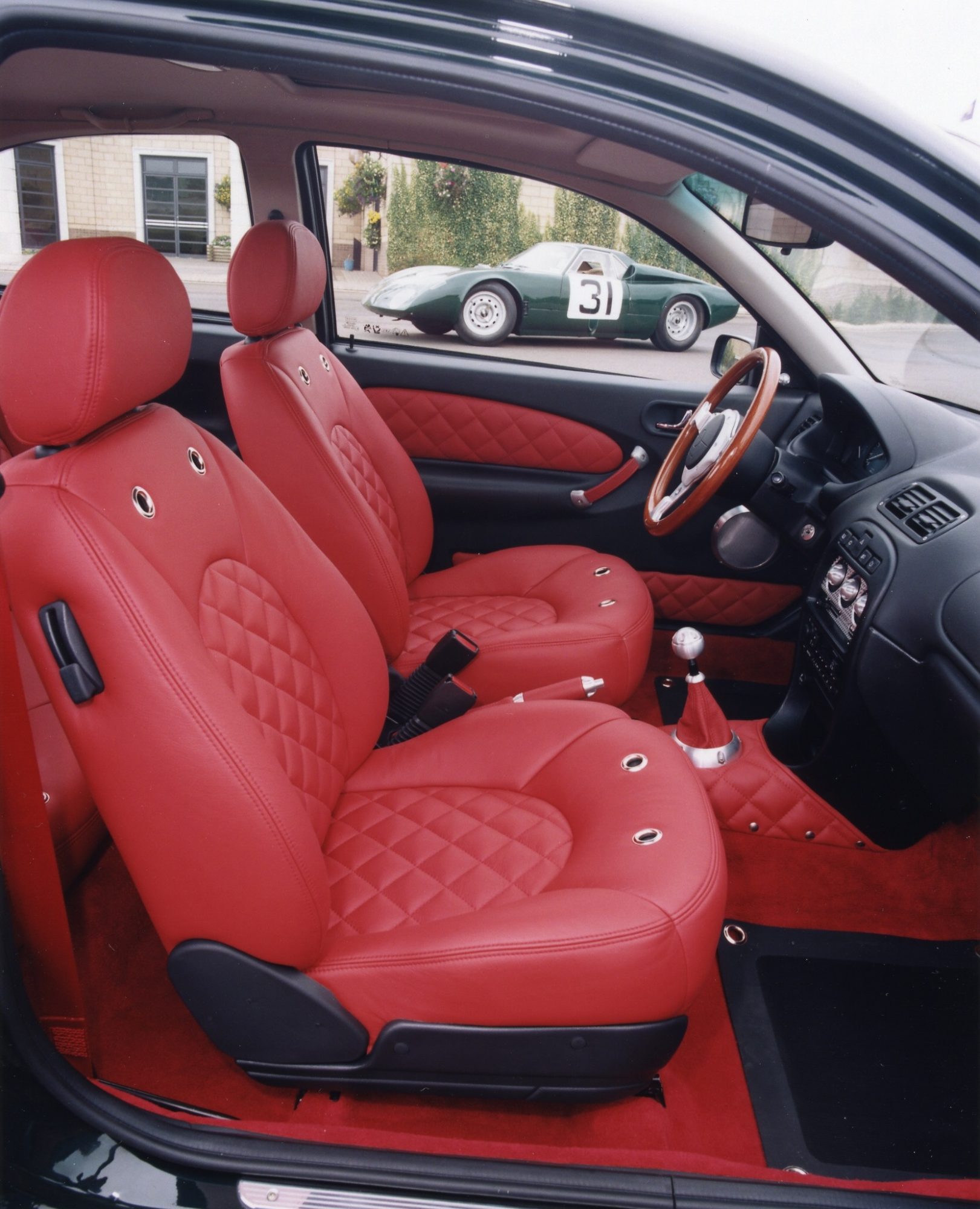
By this point, the 200 BRM had evolved into the 200 BRM LE (Limited Edition). Changes had been made for cost and production reasons, and the chassis was less hard-nosed than originally planned, but the BRM was still every bit the car the designers had hoped. Orange grille and all. Rover worked out licences for the BRM name for a period of five years, and the car was pushed into production. Rover so keenly hoped that this new car, a model that has become a matter of such deep personal involvement for a lot of people, would be the forebear to a new generation of performance Rovers. Sadly though, it was not.
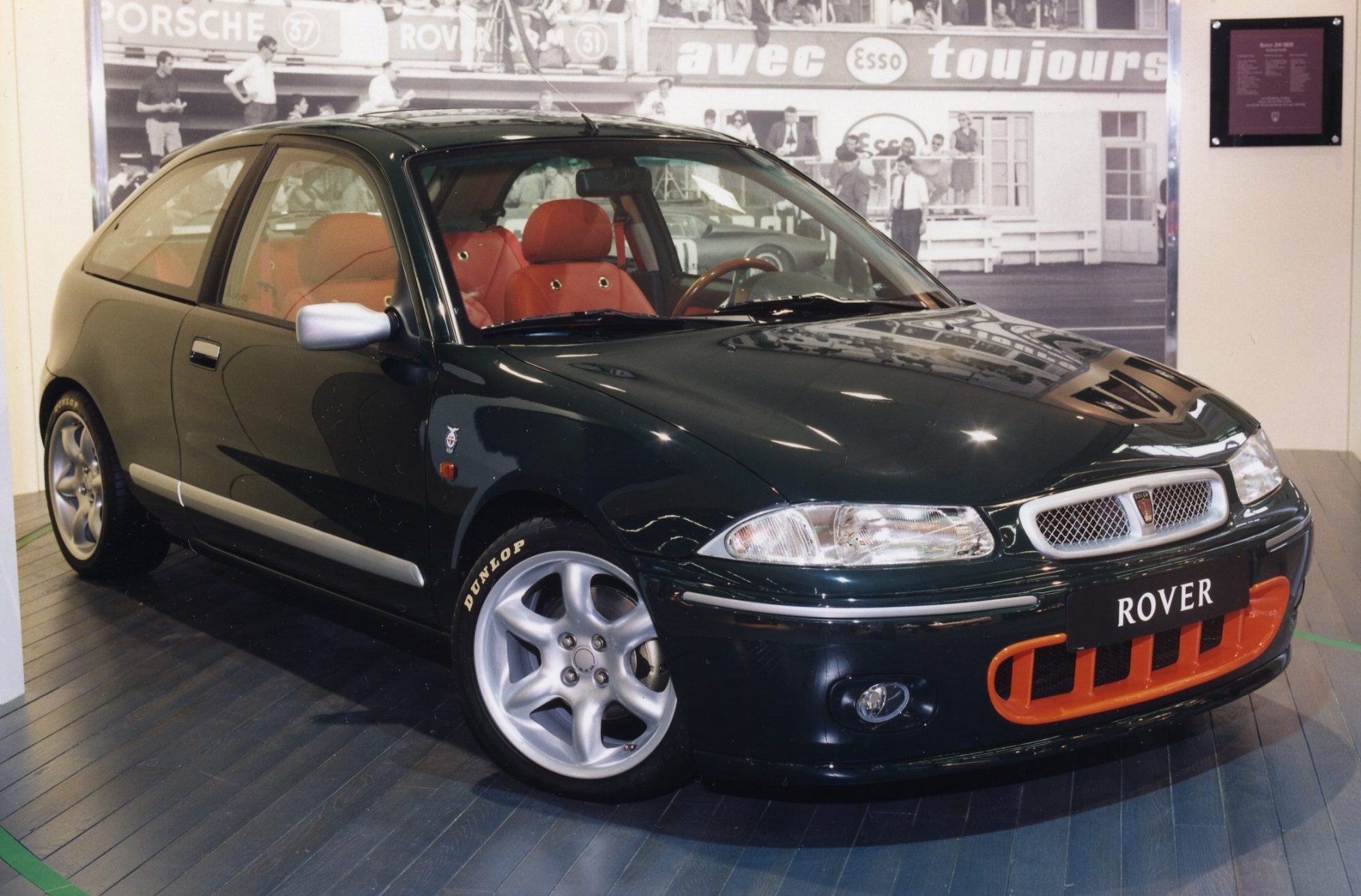
The BRM was good, but the motoring press largely missed the point and instead took time to comment on the orange bits or the trim, rather than praise it for the way it drove. And it did drive well. The motoring outlets that bothered to talk about it applauded Rover for what it had done. The 200 BRM LE was an outstanding car and it brought Rover into the ring with the more ubiquitous rivals from Ford, Volkswagen et al. It didn’t matter though. The public wasn’t ready or as willing to accept something so bold from this staid, traditional brand. Those devoted to the Rover model range weren’t brave enough to buy a BRM, and those that were faithful to other brands didn’t have enough faith to jump into a Rover.
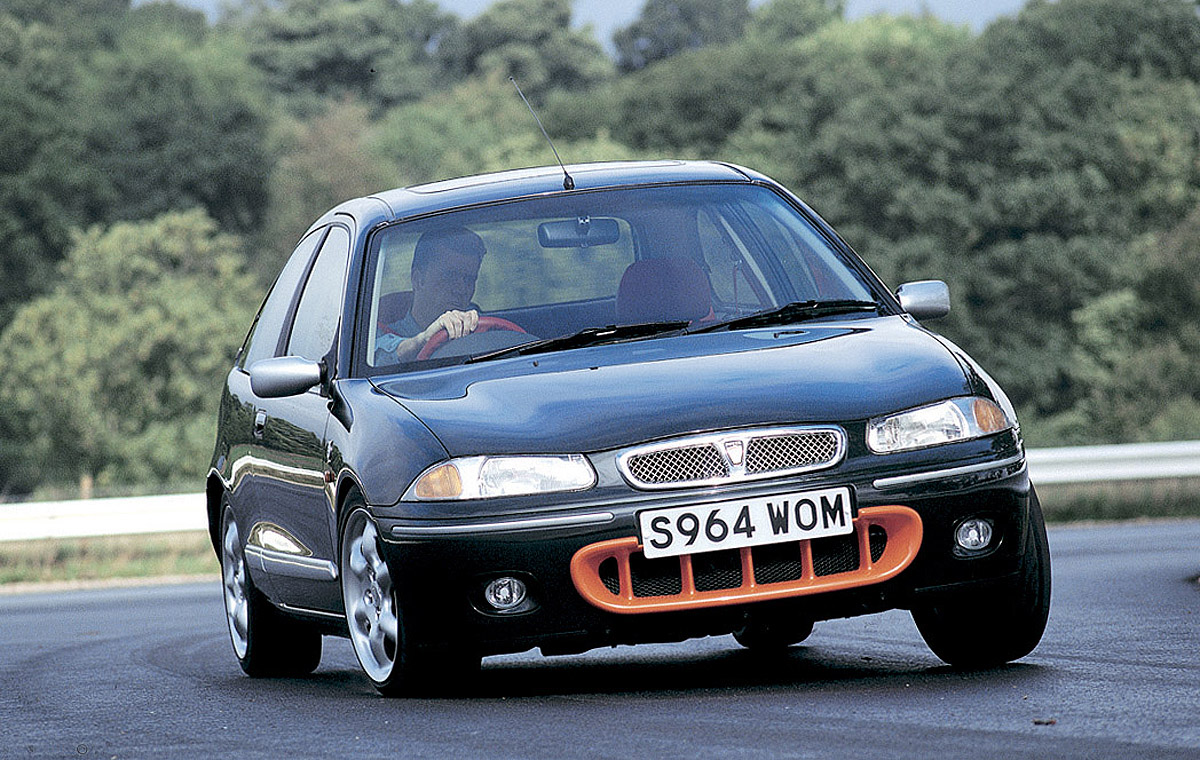
The BRM was a huge sales flop. Prices were reduced to £16,995. Then £13,495. Then Rover offered interest free finance, free insurance or free servicing. Anything to sell the damn things. The cars bounced around the dealer network, taking reduction after reduction as they did. By November of 2000, Rover had shifted all but one. Finally.
The BRM exists now as car that has a passionate and devoted following. Many still have mixed feelings about the orange grille, but on the whole, the BRM is a car that’s liked and that is finally appreciated. It was so brave, so bold and so outrageous. It was Rover making a desperate and passionate leap into the spotlight to show what it could do if only we, the buying public, would let it. But we didn’t, we were too shortsighted to accept the BRM. We’d encourage you to change that mindset though. The 200 BRM is still a formidable machine that drives brilliantly, has plenty of poke and turns heads.
If you’re feeling brave and bold, here’s where you can find a Rover BRM for yourself.

